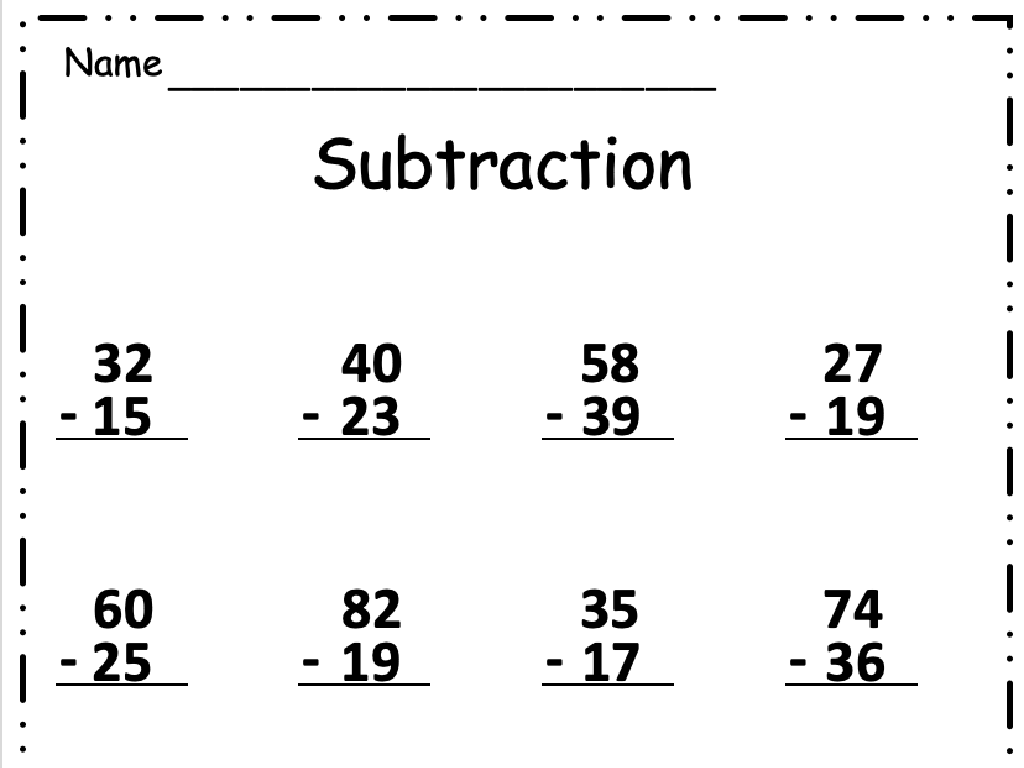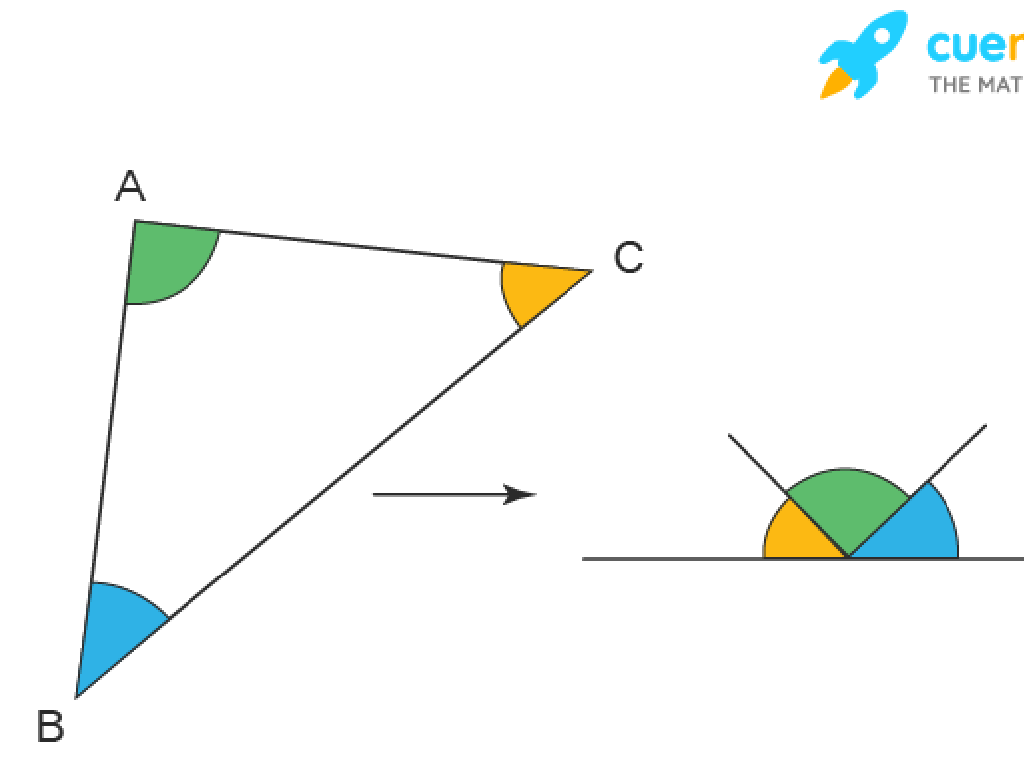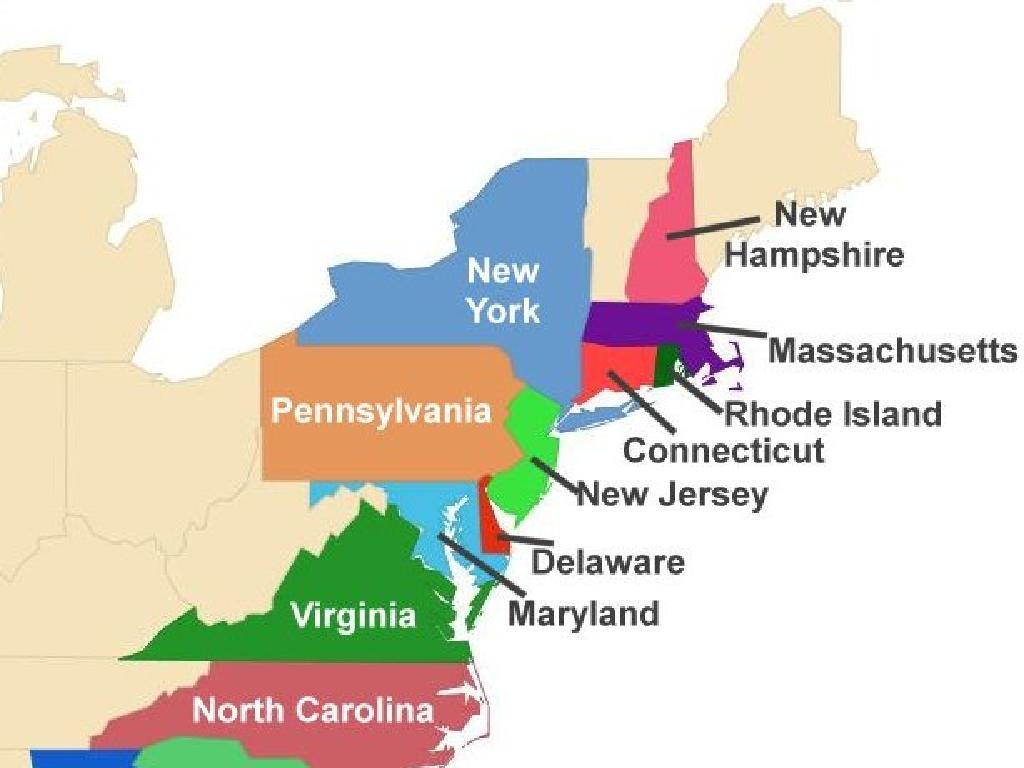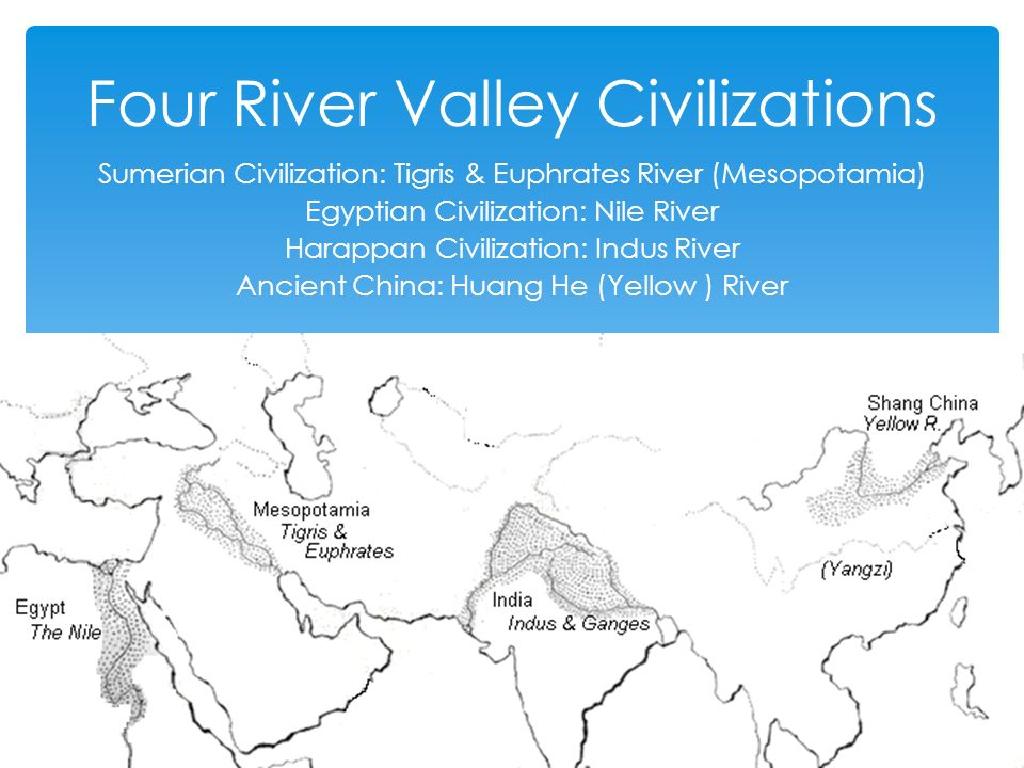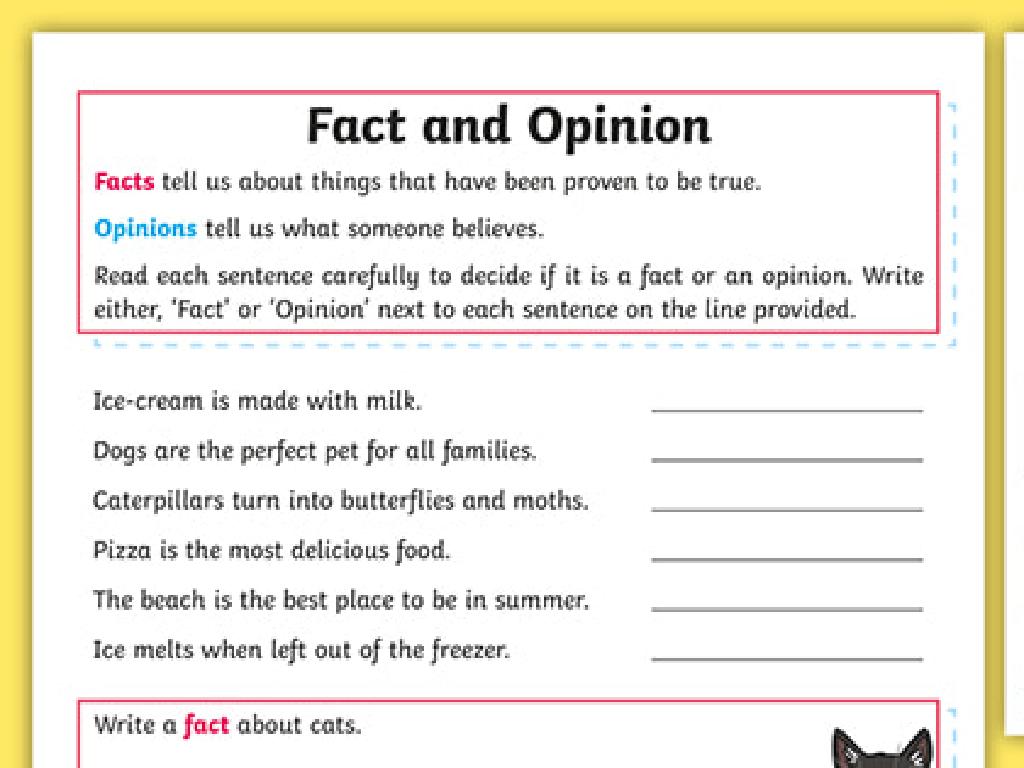Read Sight Words Set 1: Ate, He, Of, That, Was
Subject: Language arts
Grade: First grade
Topic: Sight Words
Please LOG IN to download the presentation. Access is available to registered users only.
View More Content
Welcome to Sight Words!
– What are ‘Sight Words’?
– Words we recognize without sounding out
– Why sight words matter
– They help us read smoothly and quickly
– Today’s 5 sight words
– ate, he, of, that, was
– Practice makes perfect
– We’ll practice to remember these words
|
This slide introduces first graders to the concept of sight words, which are commonly used words that young readers should recognize instantly. Explain that these words often cannot be sounded out using regular phonetic rules and are frequently found in texts. Emphasize the importance of sight words in achieving reading fluency. Introduce the five sight words for the day and encourage students to practice them regularly to commit to memory. Activities can include flashcards, writing each word in a sentence, or a word hunt in their favorite book. The goal is for students to be able to recognize these words on sight without hesitation.
Exploring Sight Words
– Sight words: often seen in reading
– Some break the usual spelling rules
– Words like ‘of’ don’t follow phonetic rules
– Recognizing them helps reading flow
– Knowing ‘was’, ‘the’ helps avoid pausing
– Practice makes perfect with sight words
|
This slide introduces the concept of sight words to first graders, emphasizing their high frequency in texts and the importance of recognizing them quickly for fluent reading. Highlight that while some sight words don’t fit regular phonetic patterns, familiarity with them through practice can greatly enhance reading skills. Encourage students to memorize these words as whole units rather than trying to sound them out. Plan activities where students can repeatedly see, say, and use these words in sentences to reinforce their learning.
Sight Word Practice: ‘ate’
– ‘ate’ means to eat something
– Example: She ate an apple for lunch
– Use ‘ate’ to talk about eating in the past
– Practice saying: ‘ate’
– Repeat after me: ‘ate’, ‘ate’, ‘ate’!
|
This slide introduces the sight word ‘ate’ to first graders, helping them understand its meaning and pronunciation. Start by explaining that ‘ate’ is the past tense of ‘eat’, which means to consume food. Use a simple and relatable example, like eating an apple, to illustrate the word in a sentence. Engage the class by having them repeat the word ‘ate’ after you, ensuring they pronounce it correctly. Encourage them to think of other sentences with the word ‘ate’ and share with the class. This interactive approach helps solidify their understanding and recall of the sight word.
Sight Word: ‘he’
– ‘he’ refers to a boy or man
– Example: He plays with a toy
– Use ‘he’ when talking about your dad, brother, or a boy
– Find ‘he’ in the classroom
– Look around and point to someone and say ‘he’
– Practice using ‘he’ in sentences
|
The word ‘he’ is a pronoun used to refer to a male, whether it’s a boy or a man. It’s important for the students to recognize and use this word correctly in a sentence. Start by showing the example on the slide and then ask the students to find a male in the classroom and use ‘he’ in a sentence. For instance, ‘He is my friend.’ or ‘He is wearing a blue shirt.’ Encourage the children to think of other examples where they can use ‘he’, such as talking about their family members or characters in a story. This activity will help reinforce their understanding of the word and how it is used in everyday language.
Learning Sight Words: ‘of’
– ‘of’ shows belonging
– It tells us what something is part of or belongs to
– Example: ‘A piece of cake’
– Use ‘of’ to describe something that is part of a whole
– Create a circle ‘of’ friends
– Practice using ‘of’ by connecting with classmates
|
The word ‘of’ is a common sight word that indicates a relationship between parts and a whole. It’s often used to show possession or inclusion. For example, in the phrase ‘a piece of cake,’ ‘of’ shows that the piece belongs to the cake. To help students understand and remember this word, have them participate in an activity where they create a circle ‘of’ friends by holding hands, reinforcing the concept of belonging and inclusion. Encourage them to think of other examples where ‘of’ is used to show a relationship between things.
Sight Word: ‘that’
– ‘that’ points to something specific
– Example: ‘Look at that butterfly!’
– Use ‘that’ to show something you can see
– Practice pointing and saying ‘that’
– Find objects in the room to point at
– Share what ‘that’ refers to in class
– We’ll discuss what you pointed at and used ‘that’ for
|
The word ‘that’ is a demonstrative pronoun used to indicate a specific thing or person within sight of the speaker. It’s often used to draw attention to something. In class, encourage the students to point to various objects and use the word ‘that’ to describe them. For example, ‘that book’, ‘that door’, ‘that picture’. This exercise helps students understand the usage of the word in context. Have the children practice by pointing to items in the classroom or at home and using sentences with ‘that’. During the next class, ask the students to share their experiences and discuss the different objects they pointed to using ‘that’. This will reinforce their understanding and recall of the sight word.
Learning the Sight Word: ‘was’
– ‘was’ talks about the past
– Example: He was at the park
– ‘was’ is used when describing one person or thing in the past
– Use ‘was’ for yesterday’s actions
– Think of something you did yesterday and how you can use ‘was’
– Let’s share our ‘was’ sentences
– We’ll take turns telling our stories using ‘was’
|
The word ‘was’ is a past tense verb that is commonly used in English. It helps us describe things that have already happened. For this slide, introduce the word ‘was’ and provide an example to illustrate its use. Encourage students to think of their own examples, specifically asking them to recall an event from the previous day. This activity will help them understand the concept of past tense and how to use ‘was’ in sentences. During the next class, have each student share their sentence, which will reinforce their understanding and give them practice speaking in front of others.
Let’s Practice Reading Sight Words!
– Sight words in a sentence
– ‘He was at the park and ate a piece of cake.’
– Teacher reads first
– Students and teacher read together
– Practice makes perfect
– Keep practicing to recognize words quickly!
|
This slide is designed to help students practice reading sight words in context. Start by explaining that sight words are common words we see often while reading. They should try to recognize these words without sounding them out. Read the sentence aloud clearly, pointing to each word as you say it. Then, invite the class to read the sentence with you, encouraging them to speak clearly and at a steady pace. Emphasize the sight words ‘he,’ ‘was,’ ‘ate,’ ‘of,’ and ‘that.’ After practicing together, encourage students to practice reading the sentence at home to reinforce their learning. Remind them that the more they practice, the quicker they’ll be able to recognize these words in other texts.
Fun Game: Sight Word Bingo!
– Let’s play Bingo with sight words
– Listen for words and cover on card
– First to cover all words wins
– Shout ‘Bingo!’ when you win
|
This slide introduces a fun and interactive game of Bingo to help first graders recognize and remember sight words. Prepare bingo cards in advance with the sight words ‘ate’, ‘he’, ‘of’, ‘that’, ‘was’ randomly placed on each card. During the game, call out words randomly and have the students cover the words they hear with markers. The first student to cover all their sight words should shout ‘Bingo!’ and win a small prize. This activity not only makes learning fun but also reinforces the recognition of sight words in a group setting, encouraging participation and attention. Make sure to rotate through all the sight words multiple times and assist any students who need help identifying the words.
Class Activity: Sight Word Hunt
– Let’s hunt for sight words
– Find objects linked to ‘ate’, ‘he’, ‘of’, ‘that’, ‘was’
– Maybe ‘ate’ reminds you of an apple in our snack area
– Draw or write your findings
– Use your creativity to connect objects to words
– Share with the class!
|
This activity is designed to help students recognize and remember sight words by associating them with objects in their environment. Encourage the children to look around the classroom and find items that make them think of the sight words ‘ate’, ‘he’, ‘of’, ‘that’, ‘was’. For example, an apple might remind them of the word ‘ate’. They can then draw a picture of the apple or write about it. After the hunt, each student will have the opportunity to share their findings with the class, reinforcing their understanding of the words and their meanings. Possible variations of the activity could include pairing students to work together, using magazines to find pictures related to the sight words, or even extending the hunt to the school library or playground.

